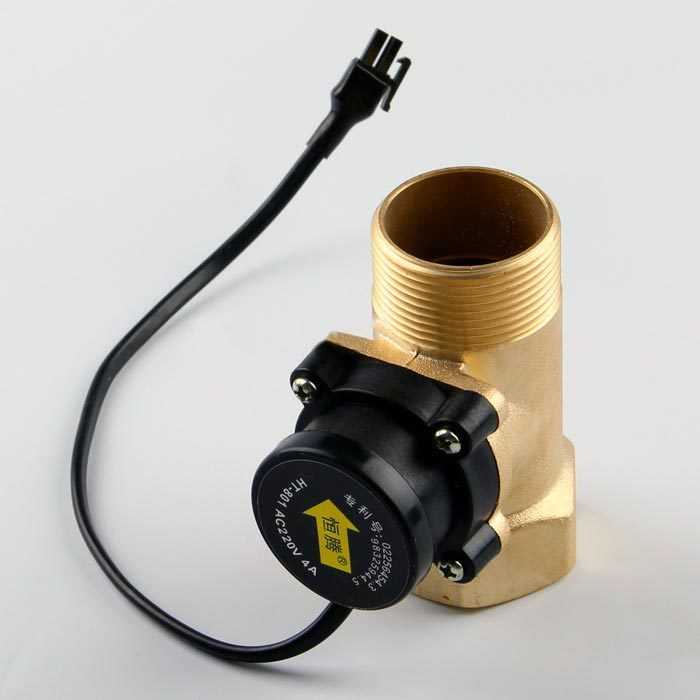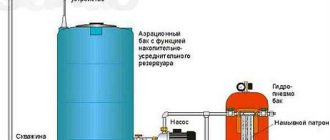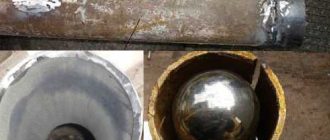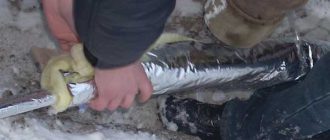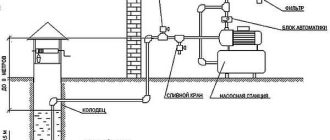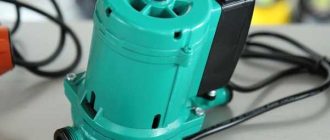The water supply system of a private house is impossible without a pump. But it has to be switched on and off in some way, and it has to be ensured that it does not run when there is no water. The water pressure switch is responsible for switching the pump on and off, and the dry run protection of the pump should monitor the presence of water. How to implement this protection in different situations and consider further.
Artikkelens innhold
What is a dry running pump
No matter where the pump pumped water, sometimes there is a situation that the water is over – with a small rate of well or borehole water can simply pump out all the water. If water is pumped from a centralized water supply, the water supply may simply be cut off. The operation of the pump when there is no water is called dry running. Sometimes the term “idling” is used, although this is not quite correct.
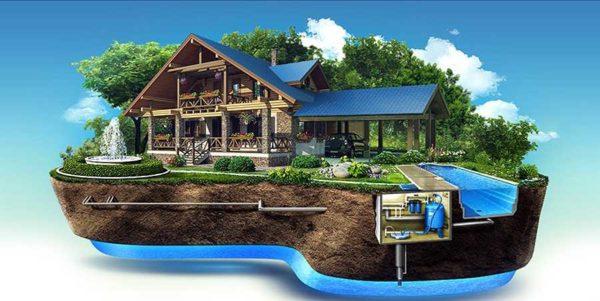
What’s wrong with dry running, except that electricity is wasted? If the pump runs when there is no water, it will overheat and burn out – the pumped water is used to cool it. No water, no cooling. The motor will overheat and burn out. Therefore, protection against dry running of the pump – one of the components of automation, which will have to be purchased. There are, however, models with built-in protection, but they are expensive. It is cheaper to buy the automation.
How you can protect your pump against dry running
There are several different devices that will shut off the pump when there is no water:
- dry run protection relays;
- water flow control devices;
- water level sensors (float switch and level control relay).
All these devices are designed for one thing – to shut down the pump when there is no water. Only they work differently, have a different area of application. Further we will understand the peculiarities of their work and when they are most effective.
Dry run protection relay
A simple electromechanical device controls the presence of pressure in the system. As soon as the pressure drops below the threshold, the supply circuit is broken and the pump stops working.
The relay consists of a diaphragm that reacts to pressure and a contact group that is normally open. When the pressure drops, the diaphragm presses on the contacts and they close, disconnecting the power supply.
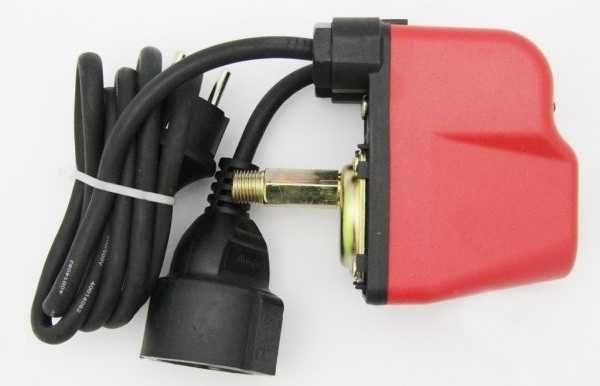
When it is effective
The pressure to which the device reacts is from 0.1 atm to 0.6 atm (depending on the factory settings). This situation is possible when there is little or no water, the filter is clogged, the self-priming part is too high. In any case, it is a dry running condition and the pump must be switched off, which is what happens.
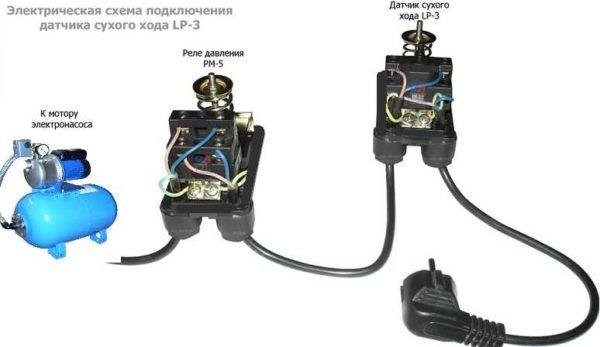
Installed relay protection against idling on the surface, although there are models and in a sealed housing. It works normally in an irrigation scheme or any system without a hydroaccumulator. It works more effectively with surface pumps when the check valve is installed after the pump.
When it does not guarantee shut off when no water is available
In a system with GA it is possible to put it, but 100% protection against dry running of the pump you will not get. It’s all about the peculiarities of the structure and operation of such a system. Put a protective relay before the water pressure switch and hydroaccumulator. In this case, between the pump and the protection is usually a check valve, that is, the diaphragm is under the pressure created by the hydroaccumulator. This is a common arrangement. But with this method of inclusion is possible when the working pump in the absence of water will not turn off and burn out.
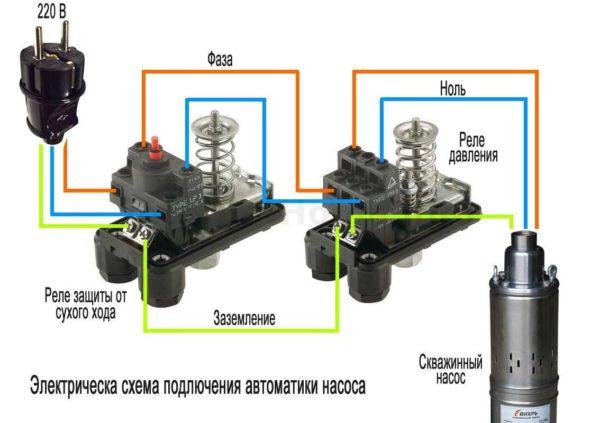
For example, there is a situation of dry running: the pump is switched on, there is no water in the well/borehole/tank, there is some water in the hydroaccumulator. Since the lower pressure threshold is usually set at about 1.4-1.6 atm, the protective relay diaphragm will not be triggered. After all, there is pressure in the system. In this position the diaphragm is pressed, the pump will run dry.
It will stop either when it burns out or when most of the water reserve is used up from the accumulator. Only then will the pressure drop to critical pressure and the relay will be able to operate. If such a situation occurred during the active use of water, nothing terrible in principle will not happen – a few tens of liters will run out quickly and everything will be normal. But if it happened at night – you drained the water in the tank, washed your hands and went to bed. The pump turned on, there is no signal to turn off. By morning, when the water starts to be discharged, it will be out of order. That is why in systems with hydroaccumulators or pumping stations it is better to use other devices to protect against dry running of the water pump.
Water flow control devices
In any situation that causes a pump to run dry, there is insufficient or no water flow. There are devices that monitor this situation – water flow relays and controllers. Relays or flow sensors are electromechanical devices, controllers are electronic.
Flow relays (sensors)
Flow sensors are of two types – petal and turbine. Petal has a flexible plate, which is located in the pipeline. In the absence of water current, the plate deviates from the normal state, triggering contacts that cut off power to the pump.
Turbine flow sensors are arranged somewhat more complicated. The basis of the device is a small turbine with an electromagnet in the rotor. In the presence of water or gas flow, the turbine rotates, creating an electromagnetic field, which is converted into electromagnetic pulses that are read by a sensor. This sensor, depending on the number of pulses, switches the pump power on/off.
Flow monitors
These are basically devices that combine two functions: dry run protection and water pressure switch. Some models, in addition to these functions, may have a built-in pressure gauge and check valve. These devices are also called electronic pressure switches. These devices are not cheap, but they provide quality protection, serving several parameters at once, providing the required pressure in the system, disconnecting the equipment in case of insufficient water flow.
| Name | Functions | Parameters of triggering of dry run protection | Connection dimensions | Country/manufacturer | Price |
|---|---|---|---|---|---|
| BRIO 2000M Italtecnica | Pressure switch + flow sensor | 7-15 sec | 1″ (25 mm) | Italy | 45$ |
| AQUAROBOT TURBIPRESS | Pressure switch + flow switch | 0.5 l/min | 1″ (25 mm) | 75$ | |
| AL-KO | Pressure switch + check valve + dry run protection | 45 sec | 1″ (25 mm) | Germany | 68$ |
| automation unit Gileks | Pressure switch + protection against idling + pressure gauge | 1″ (25 mm) | Russia | 38$ | |
| block of automatics Aquario | Pressure switch + protection against idling + manometer + check valve | 1″ (25 mm) | Italy | 50$ |
In the case of using the block of automatics hydroaccumulator – unnecessary device. The system works perfectly on the appearance of flow – the opening of the faucet, triggering household appliances, etc. But this is if the reserve on the head is small. If the gap is large, you need and GA, and also a pressure switch. The thing is that the limit of pump shutdown in the automation unit is not regulated. The pump will switch off only when it creates maximum pressure. If it is taken with a large head reserve, it can create excessive pressure (optimal – no more than 3-4 atm, anything higher leads to premature wear of the system). Therefore, after the block of automatics put a pressure switch and hydroaccumulator. This scheme makes it possible to regulate the pressure at which the pump is switched off.
Water level sensors
These sensors are installed in the well, borehole, tank. It is advisable to use them with submersible pumps, although they are compatible with surface pumps. There are two types of sensors – float and electronic.
Float
There are two types of water level sensors – for filling the tank (protection against overflow) and for emptying – just protection against dry running. The second option is ours, the first is needed when filling the pool. There are also models that can work both ways, and the principle of operation depends on the connection scheme (goes in the instructions).
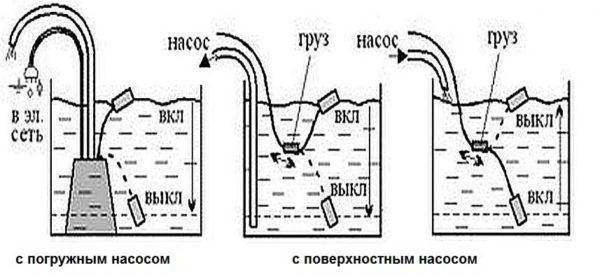
The principle of operation when used for dry run protection is simple: as long as there is water, the float sensor is up, the pump can work, as soon as the water level has dropped so much that the sensor is down, the contactor opens the circuit of power supply to the pump, it can not turn on until the water level rises. To protect the pump from idling, the float cable is connected into the phase wire break.
Level control relays
These devices can be used not only to monitor the minimum water level and dry run in a well, well or storage tank. They can also control overflow (overfilling), which is often necessary when there is a storage tank in the system from which water is pumped to the house or when organizing the water supply for a swimming pool.
Electrodes are lowered into the water. The number of electrodes depends on the parameters they monitor. If it is necessary to monitor only the presence of a sufficient amount of water, two sensors are sufficient. One – lowered to the level of the minimum possible level, the second – the base – is located slightly below. The electrical conductivity of water is used: while both sensors are immersed in water, small currents flow between them. This means that there is enough water in the well/borehole/tank. If there is no current, it means that the water has fallen below the minimum level sensor. On this command, the power supply circuit to the pump is opened and the pump stops operating.
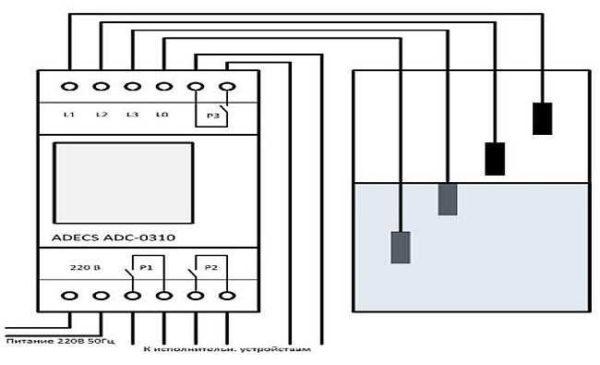
These are the main ways in which the protection against dry running of the pump in water supply systems of private homes is organized. There are also frequency converters, but they are expensive, so it is advisable to use them in large systems with powerful pumps. There they pay off quickly due to energy savings.

